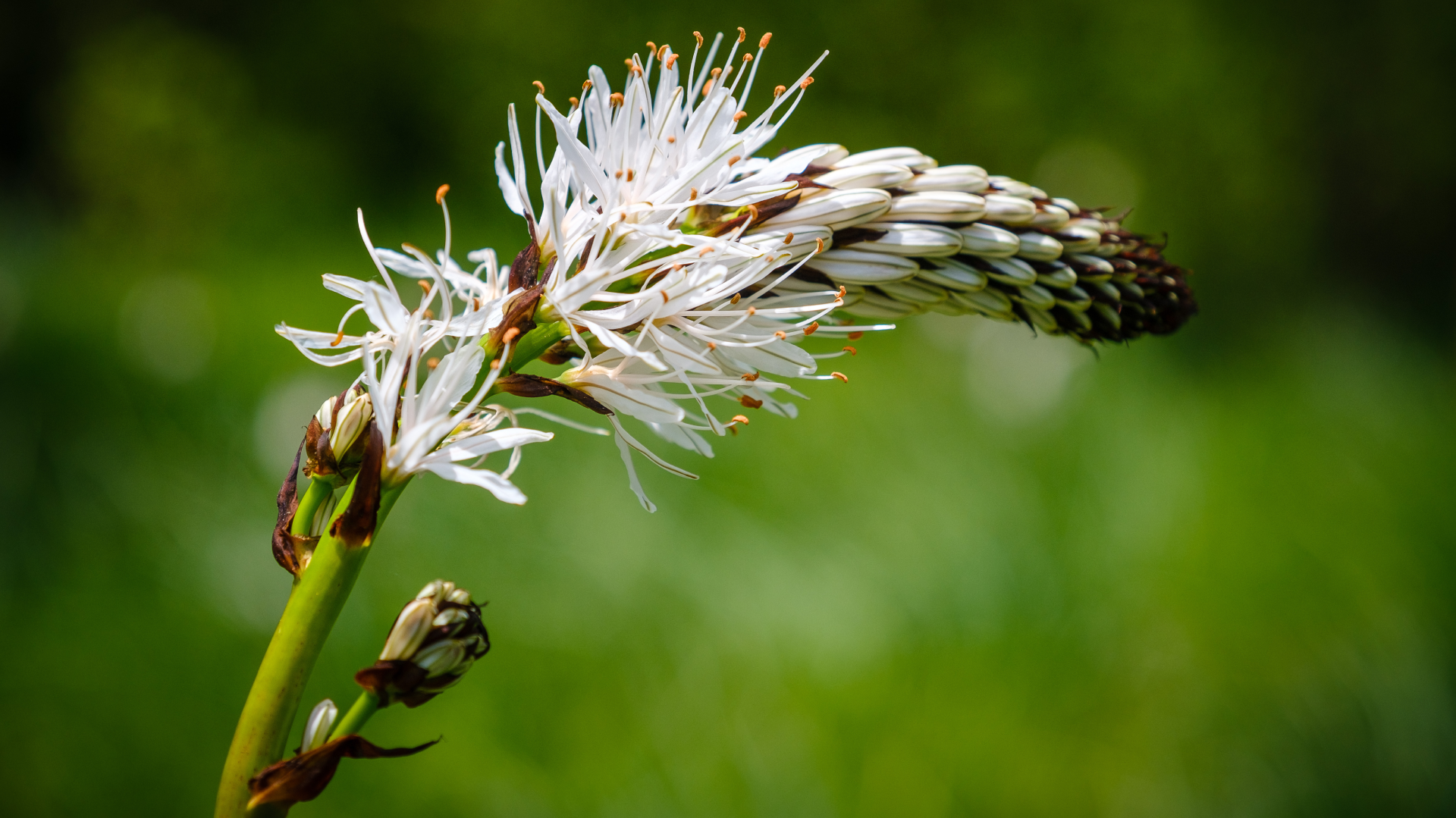Between the stones and the aridity of the Mediterranean fields, a sign of resistance and beauty rises every year. With its flowering and elegant stems, the white asphodel(Asphodelus aestivus) is much more than a natural ornament. It hides remarkable stories, ecological functions, and adaptations.
From the coast to the mountain regions, the white asphodel is a common presence in the Mediterranean landscapes of Portugal. It prefers well-drained land, usually limestone or sandy soils, and fares in low-lying areas and areas up to about 1,200 metres.
It occurs mainly in clearings of thickets, thin meadows and uncultivated land, where competition for water and nutrients is small. However, adapts perfectly to hot and dry summers, proving to be a true strategist and tolerant to environmental stress.
The secret to its resistance lies in the tuberous rhizomes – underground structures that accumulate starch reserves, allowing the plant to go dormant and survive during the dry months. These tubers serve as a regulatory framework, enabling the plant to adjust its flower and fruit production in response to the seasonal rhythms of the Mediterranean climate. This





